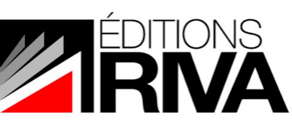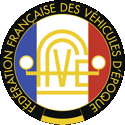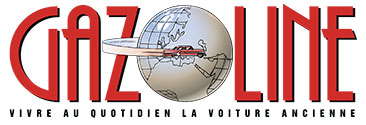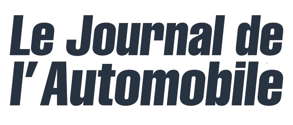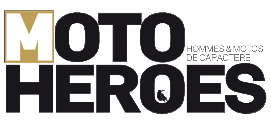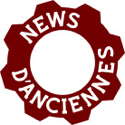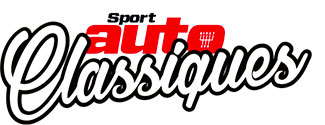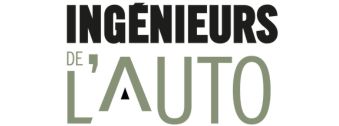
Ready to dream again ?
The world's most beautiful pop-up garage dedicated to classic cars is closing its doors. But it will be back next year for another exceptional edition! The show's 50th anniversary! Half a century of automotive passion celebrated together.
The ticket office is open, so get your ticket now!
Rétromobile 2025: when history and passion meet
Timeless silhouettes, exceptional mechanics, enthusiasts from all over the world... The 49th edition of the world's most beautiful temporary garage once again celebrated the soul of the collector car, offering moments of sharing and wonder to enthusiasts from all walks of life.
A huge thank you to the 146,000 visitors, as well as to the exhibitors and partners of the show, who made Rétromobile 2025 a record-breaking edition.
See you from 28 January to 1 February 2026.
Latest news
This year's must-sees :
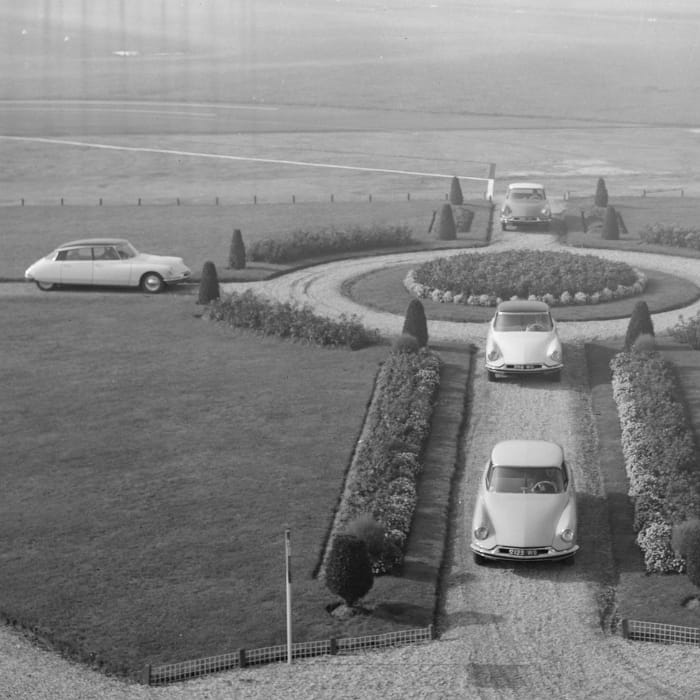
Spotlight on the “DS, a work of art for 70 years” exhibition
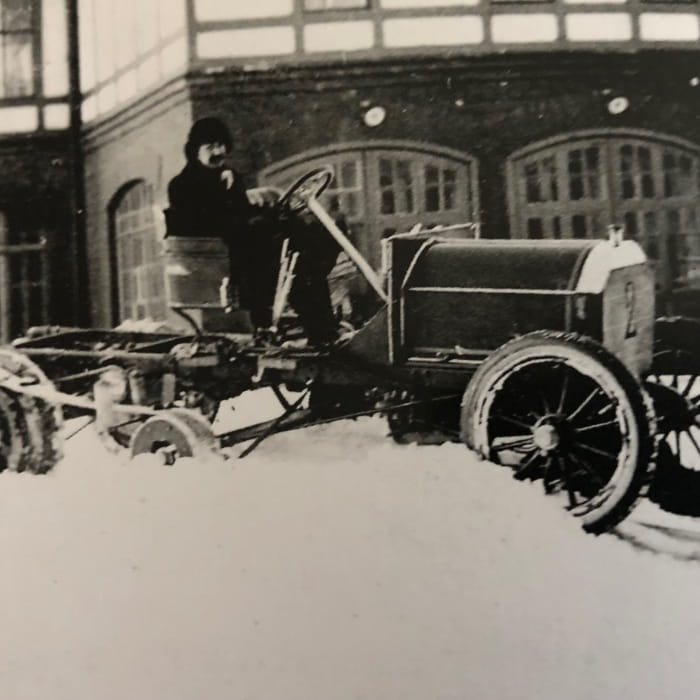
Adolphe Kégresse, the cruising genius

Éric de Seynes: raw passion for two-wheelers
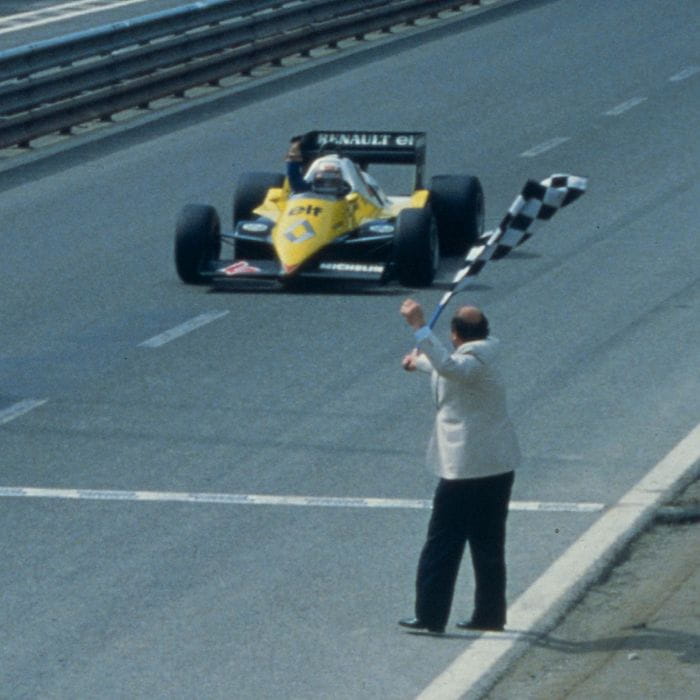
French Formula 1, from the 60s to the present day
Partners
Meet our new partners !
Discover Rétromobile: The Classic and Vintage Car Show
Take part in Rétromobile to meet experts from the world of classic cars and exchange ideas with enthusiasts from all over the world. Discover a wide range of stands, clubs and associations, and take advantage of professional advice to enhance your knowledge and your collection.















